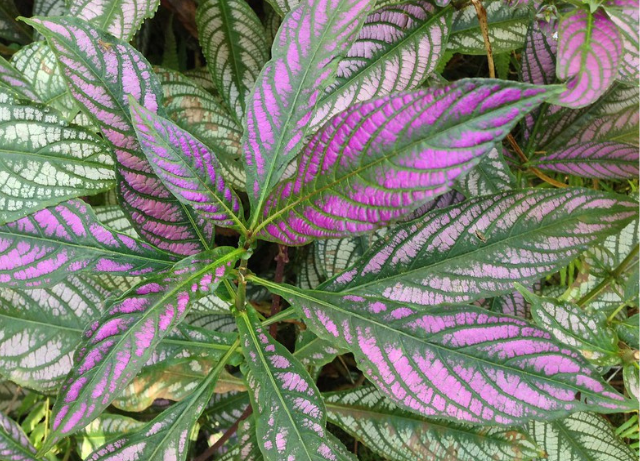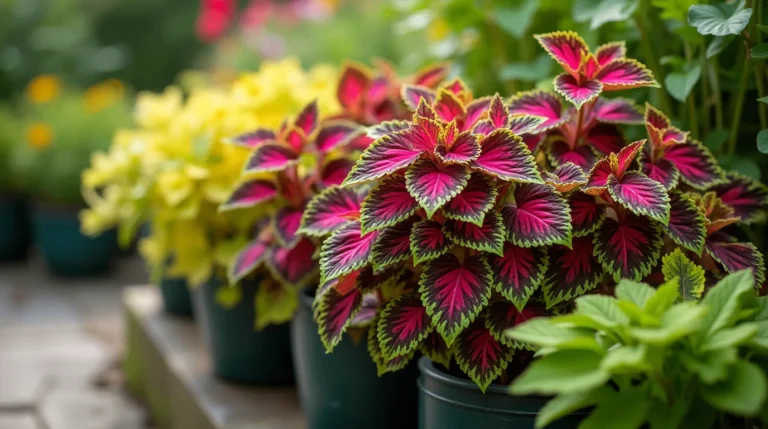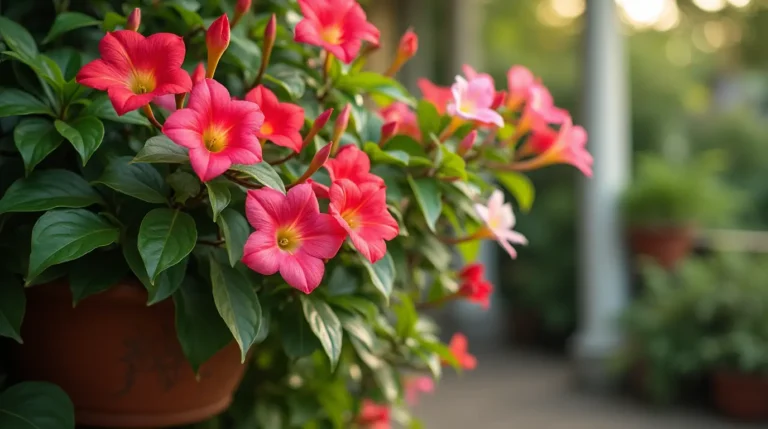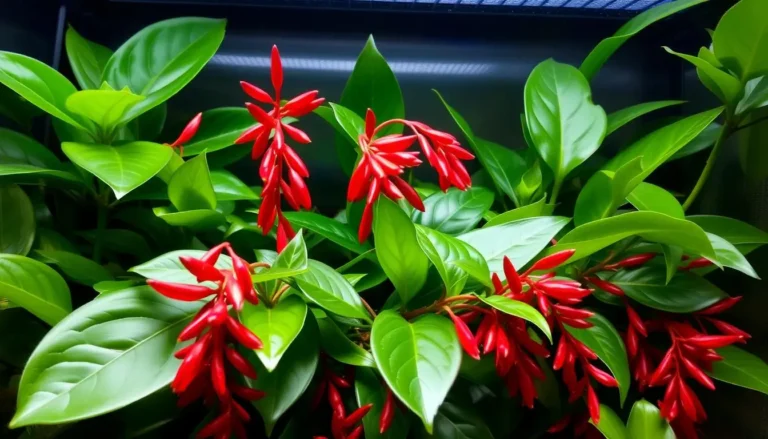Growing and Caring for Persian Shield: A Comprehensive Guide
Persian Shield, known for its vibrant purple foliage and metallic sheen, is a stunning addition to any garden or indoor plant collection. This tropical plant, native to Myanmar, thrives in warm, humid environments and can be a striking focal point with the right care. In this guide, we will delve into the essentials of growing and maintaining Persian Shield, offering insights into ideal growing conditions, watering schedules, and common issues to watch out for. Whether you’re a seasoned gardener or a novice green thumb, these tips will help you cultivate a healthy and beautiful Persian Shield.
Introduction to Persian Shield
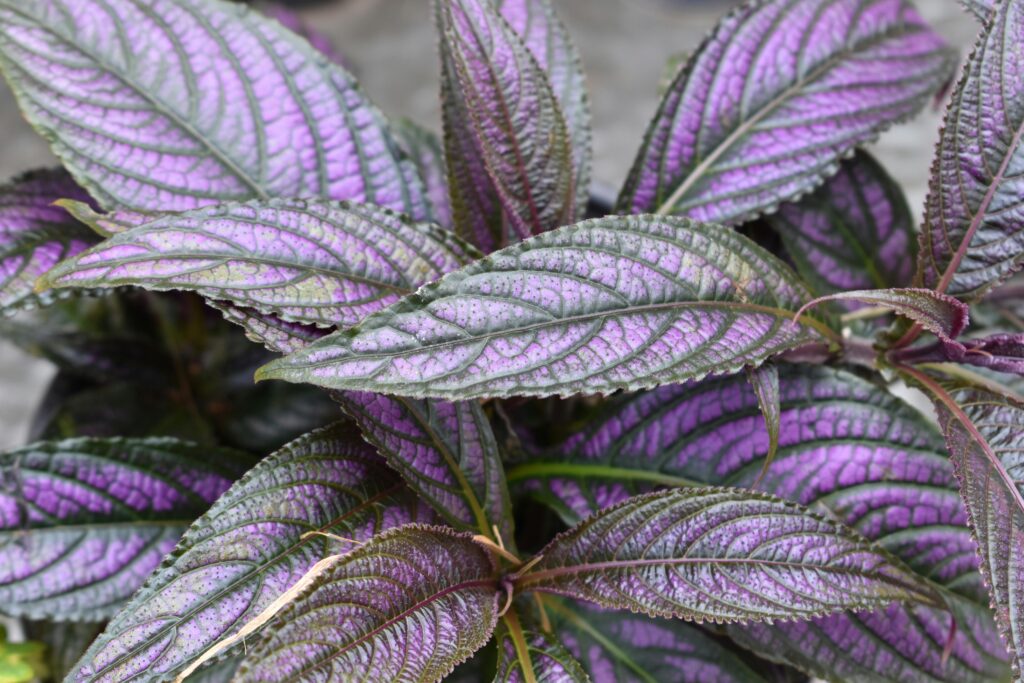
Understanding Its Unique Beauty
Persian Shield, scientifically known as Strobilanthes dyerianus, is celebrated for its eye-catching foliage. The leaves showcase a vibrant purple hue with an iridescent, metallic finish that can captivate any onlooker. This unique coloration is due to the plant’s ability to reflect light, giving it a dynamic appearance that changes with the angle of the sunlight. The leaves are typically broad, with serrated edges, adding to their visual appeal. When provided with optimal care, Persian Shield can grow into a lush, bushy plant, reaching up to three feet in height. Its stunning appearance makes it a popular choice for adding a touch of exotic elegance to gardens and indoor spaces alike. Understanding and appreciating this plant’s unique beauty is the first step in ensuring it remains a vibrant and healthy part of your plant collection.
Origins and Background
The Persian Shield hails from the tropical forests of Myanmar, where it thrives in the warm, humid climate. Discovered in the 19th century, this plant quickly gained popularity among gardeners and botanists for its stunning foliage. Despite its name, the Persian Shield has no direct connection to Persia; the name likely stems from the plant’s regal appearance and the historical allure associated with Persia. In its native habitat, the Persian Shield grows as an evergreen perennial, flourishing in the understory of forests where it receives dappled sunlight. This environment informs its care requirements when cultivated outside its natural range. Understanding the plant’s origins helps in replicating similar conditions, thereby ensuring its health and vibrancy. By appreciating the Persian Shield’s background, gardeners can better cater to its needs, making it a standout feature in any collection.
Why Choose Persian Shield?
Choosing Persian Shield for your garden or indoor plant collection offers several compelling benefits. First and foremost, its vibrant purple and metallic foliage adds a unique and exotic aesthetic that few other plants can match. This makes it an excellent choice for creating focal points or accent pieces in your plant arrangements. Additionally, Persian Shield is relatively low-maintenance compared to other tropical plants, making it accessible even for novice gardeners. Its ability to thrive in both outdoor gardens and indoor containers adds to its versatility. Moreover, the plant’s lush growth habit can help fill in garden gaps or add depth to indoor displays. By integrating Persian Shield into your collection, you not only enhance visual appeal but also introduce a touch of the tropics, bringing a sense of warmth and vibrancy to any space. Its unique beauty and easy care make it a standout choice for many gardening enthusiasts.
Growing Persian Shield
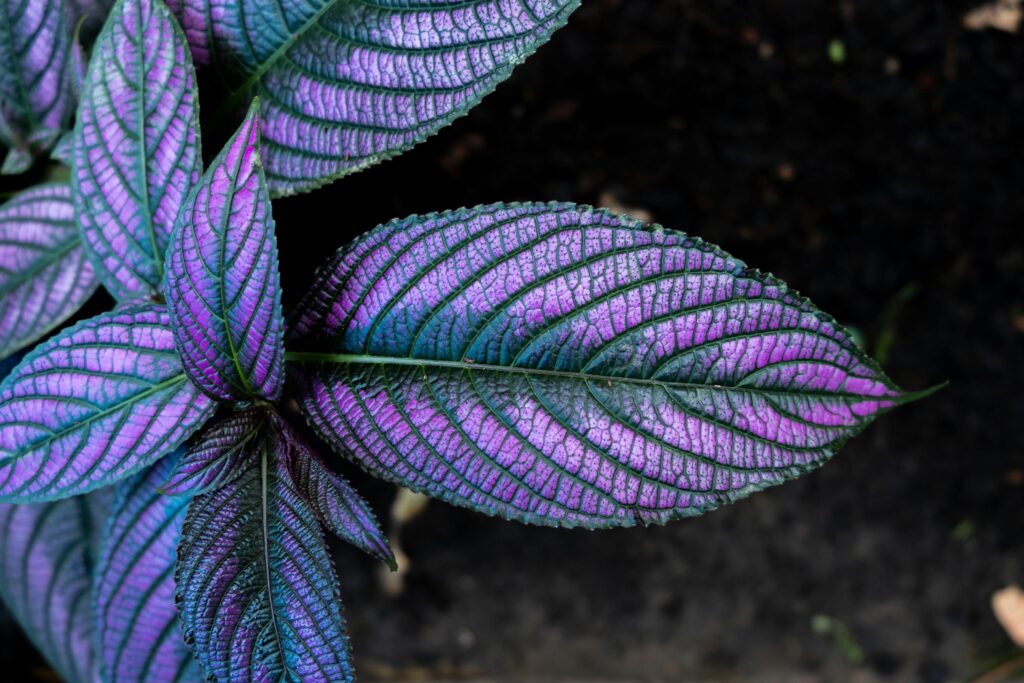
Ideal Soil and Light Conditions
For Persian Shield to thrive, it’s crucial to provide the right soil and light conditions. This plant prefers well-draining soil rich in organic matter. A mix of standard potting soil with added compost or peat moss can create the ideal growing medium. Good drainage is vital to prevent root rot, so ensure pots have drainage holes, and garden soil is not overly compacted.
In terms of light, the Persian Shield flourishes in bright, indirect sunlight. While it can tolerate some direct morning sun, intense afternoon sunlight can scorch its delicate leaves. If grown indoors, placing the plant near a north or east-facing window often provides the perfect light balance. Outdoors, consider planting it in a spot where it can receive filtered sunlight or partial shade. By meeting these soil and light requirements, you set the foundation for a healthy and vibrant Persian Shield.
Planting and Propagation Tips
To plant Persian Shield, start by choosing a well-draining pot or garden spot with rich soil. When planting in a container, make sure it has drainage holes to avoid waterlogging. Dig a hole slightly larger than the root ball, place the plant inside, and gently firm the soil around it. Give the plant a deep watering to help it settle in.
Propagation of Persian Shield is straightforward, typically done via stem cuttings. Select a vigorous stem and trim a 4-6-inch segment just beneath a leaf node. Remove the lower leaves and dip the cut end in the rooting hormone to encourage growth. Plant the cutting in a pot with moist, well-draining soil and cover it with a plastic bag to maintain humidity. Place it in indirect light and keep the soil moist. Within a few weeks, roots should develop, and the new plant can be transplanted. Following these tips will help you successfully grow and propagate Persian Shield.
Watering and Feeding Requirements
Persian Shield requires consistent moisture to maintain its vibrant foliage. Make sure to thoroughly water the plant once the top inch of soil feels dry. It’s important to avoid letting the soil dry out completely, as this can cause the leaves to wilt and lose their luster. However, be cautious of
overwatering, which can lead to root rot. Make sure the pot has sufficient drainage to avoid water pooling at the bottom. In terms of feeding, Persian Shield benefits from regular fertilization during its growing season, typically from spring through early autumn. Apply a balanced, water-soluble fertilizer every 4-6 weeks to supply essential nutrients. For indoor plants, a diluted liquid fertilizer applied monthly can support healthy growth. Always follow the fertilizer’s instructions to avoid overfeeding, which can harm the plant. By adhering to these watering and feeding guidelines, you can help your Persian Shield thrive and maintain its stunning appearance.
Caring for Persian Shield
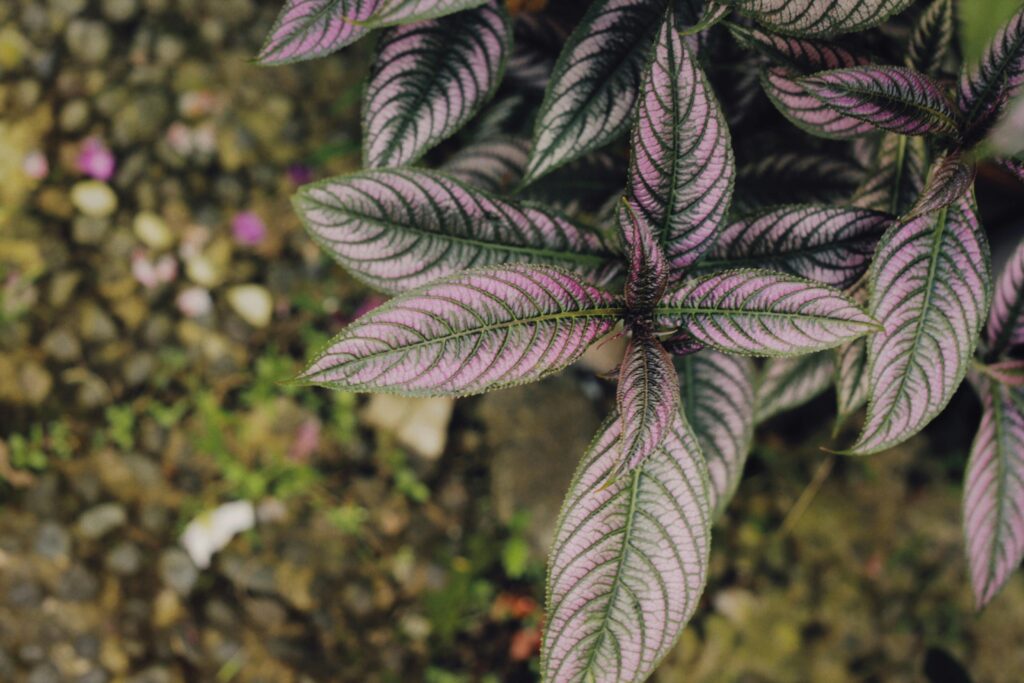
Pruning and Maintenance Tips
Regular pruning is essential for keeping Persian Shield healthy and aesthetically pleasing. Pruning promotes denser growth and prevents the plant from getting too leggy. Trim back the tips of the stems by a few inches during the growing season to promote fuller foliage. Utilize sharp, clean scissors or pruning shears to make precise cuts right above a leaf node.
In addition to pruning, remove any yellowing or damaged leaves to maintain the plant’s overall appearance and health. This helps direct the plant’s energy towards new growth.
Persian Shield also benefits from periodic maintenance tasks such as checking for pests and ensuring adequate humidity. Common pests include spider mites and aphids, which can be managed with insecticidal soap or neem oil. Maintaining a humid environment, especially for indoor plants, can prevent leaf drop and keep the foliage vibrant. Regularly misting the plant or using a humidity tray can help achieve this.
By following these pruning and maintenance tips, you can enjoy a thriving, beautiful Persian Shield year-round.
Pest and Disease Management
Effective pest and disease management is crucial for maintaining the health of your Persian Shield. Common pests that may affect this plant include spider mites, aphids, and whiteflies. Regularly inspect the foliage for signs of infestation, such as tiny webs, sticky residue, or discolored leaves. If pests are detected, treat the plant with insecticidal soap or neem oil, following the product’s instructions carefully. You might need to apply multiple treatments to completely eliminate the pests.
In terms of diseases, Persian Shield is generally resilient but can be susceptible to fungal issues like powdery mildew or root rot, particularly in overly humid or poorly drained conditions. To avoid these issues, ensure adequate air circulation around the plant and refrain from watering from above. If you notice signs of disease, such as moldy patches or wilting, remove the affected parts immediately and treat with a suitable fungicide.
By staying vigilant and promptly addressing any pest or disease issues, you can keep your Persian Shield healthy and vibrant.
Seasonal Care and Overwintering
Caring for Persian Shield through the changing seasons ensures its ongoing vitality. During the growing season, typically spring and summer, provide consistent moisture and regular feeding to support robust growth. As autumn approaches, reduce the frequency of fertilization and begin preparing for the cooler months.
In regions with mild winters, Persian Shield can often survive outdoors with minimal protection. However, in areas with harsh winters, it’s essential to bring container-grown plants indoors before the first frost. Place the plant in a bright, indirect light location and maintain moderate watering to prevent the soil from drying out completely.
For garden-planted Persian Shield, consider taking stem cuttings before the cold hits. Root these cuttings indoors to create new plants for the next season. Additionally, applying a layer of mulch around outdoor plants can help insulate the roots against cold temperatures.
By adapting your care routine to the season, you can successfully overwinter Persian Shield and ensure it returns healthy and vibrant in the spring.

